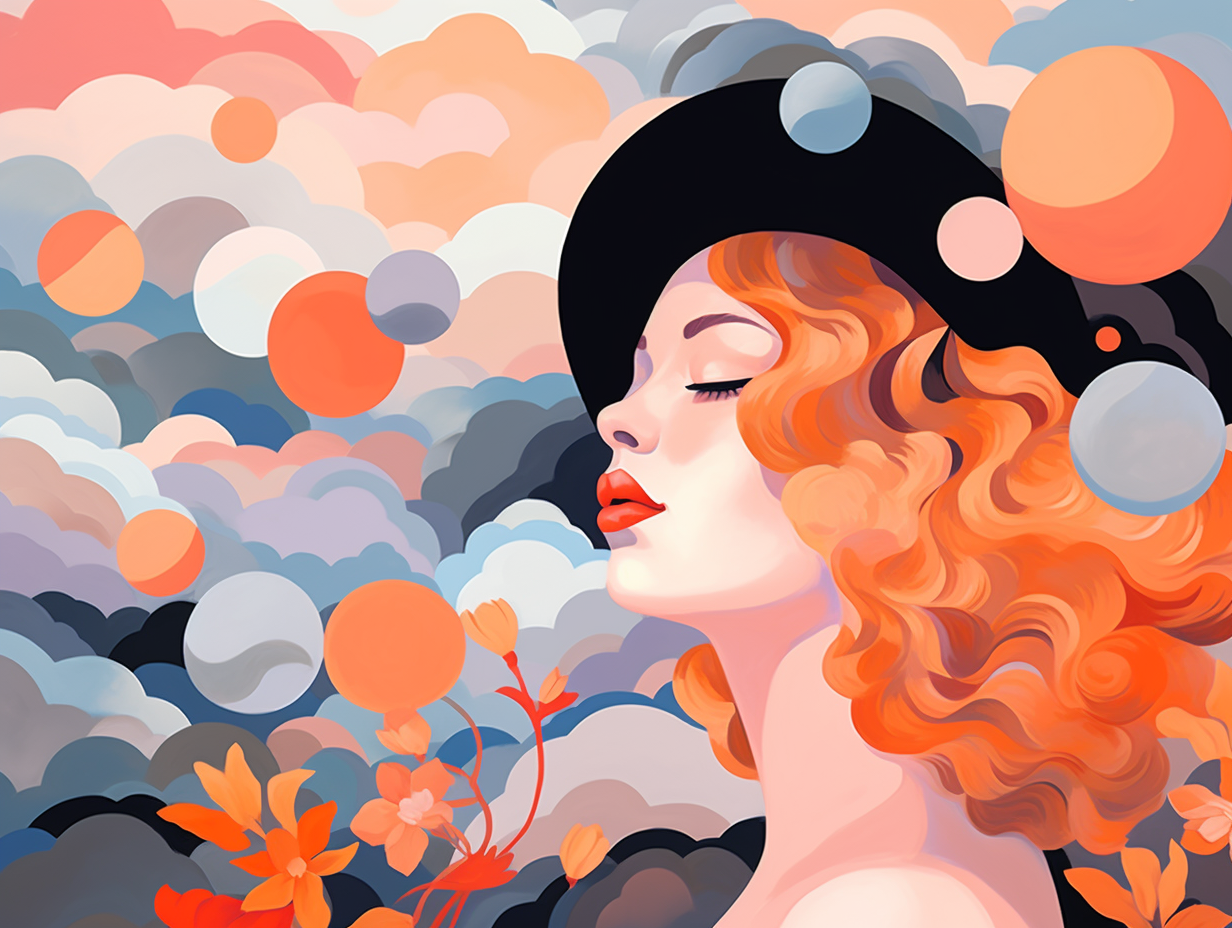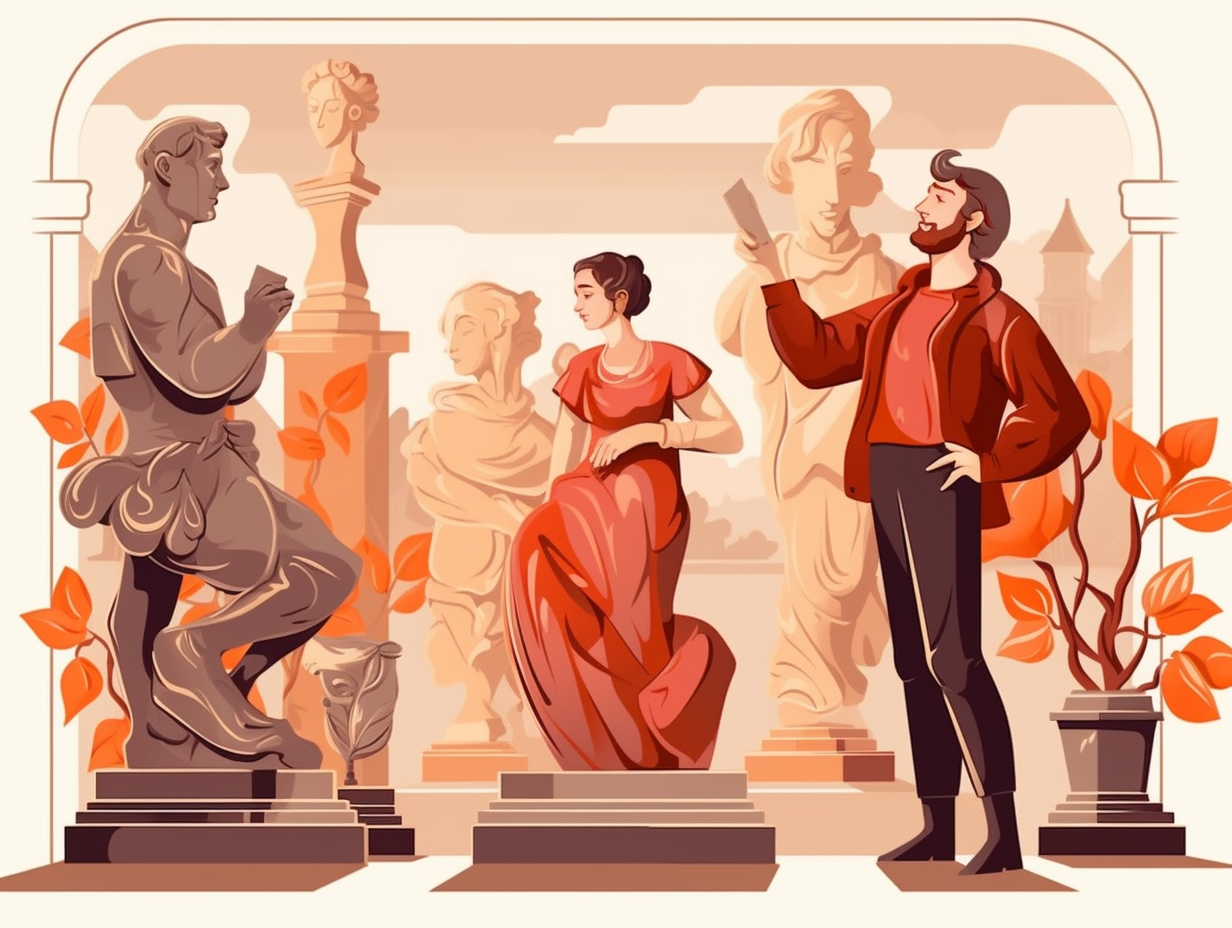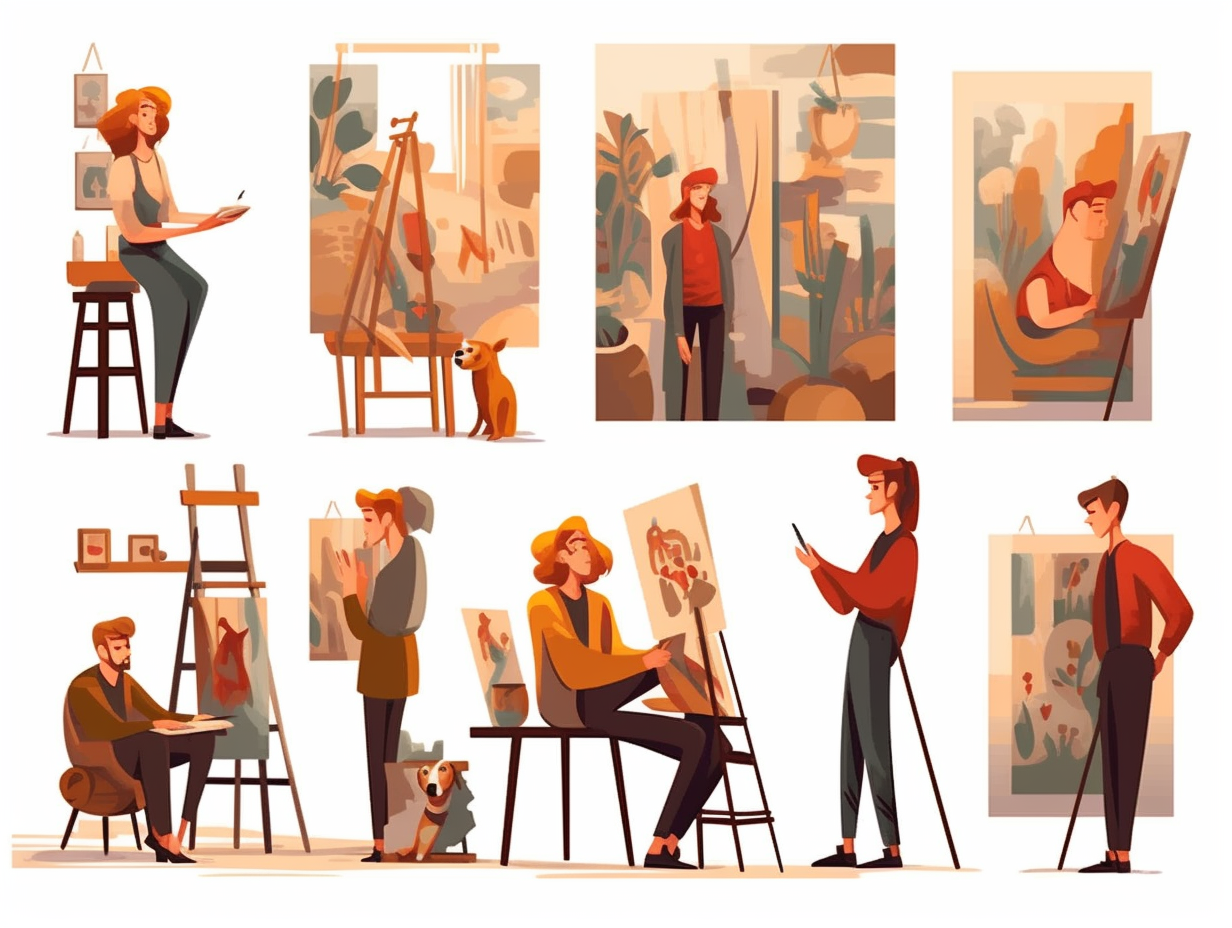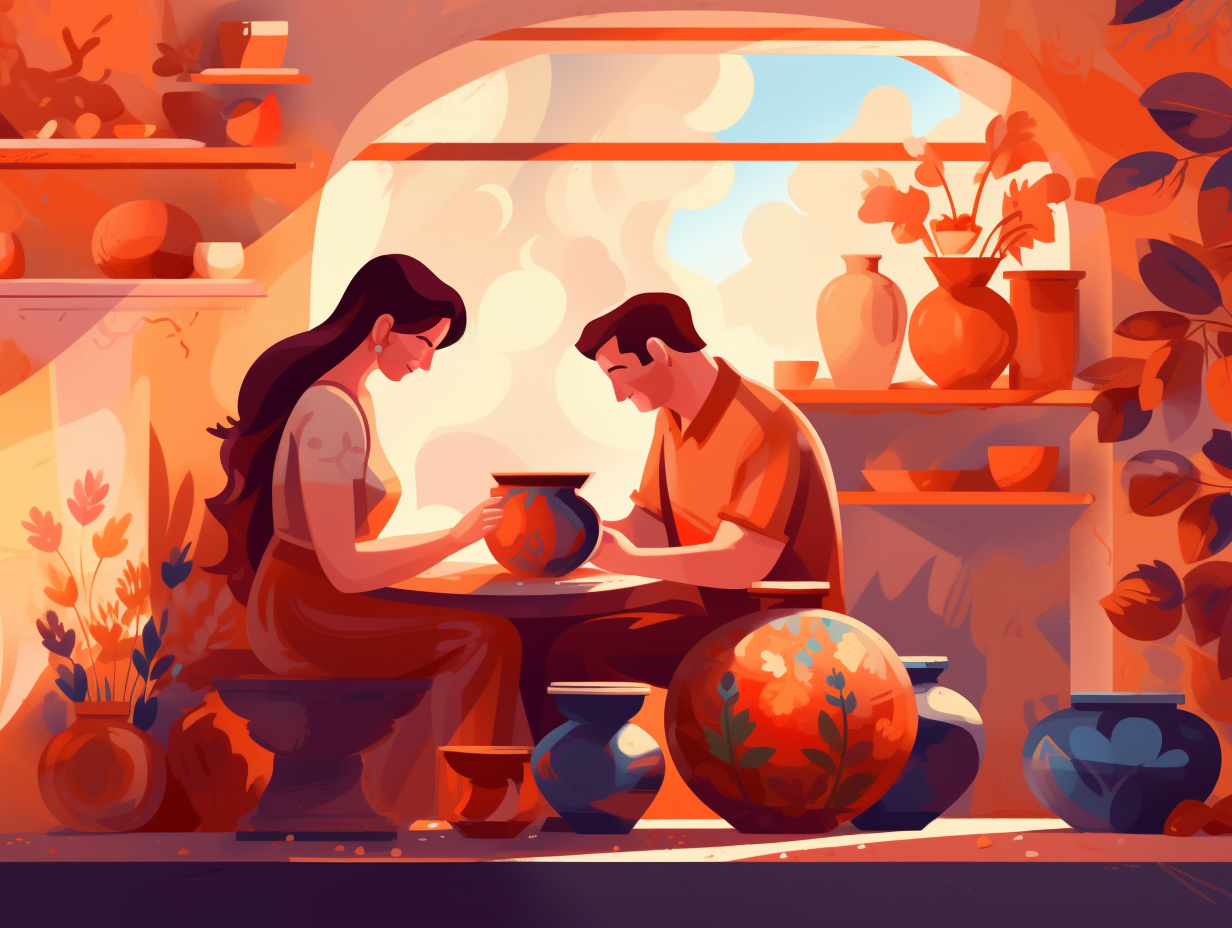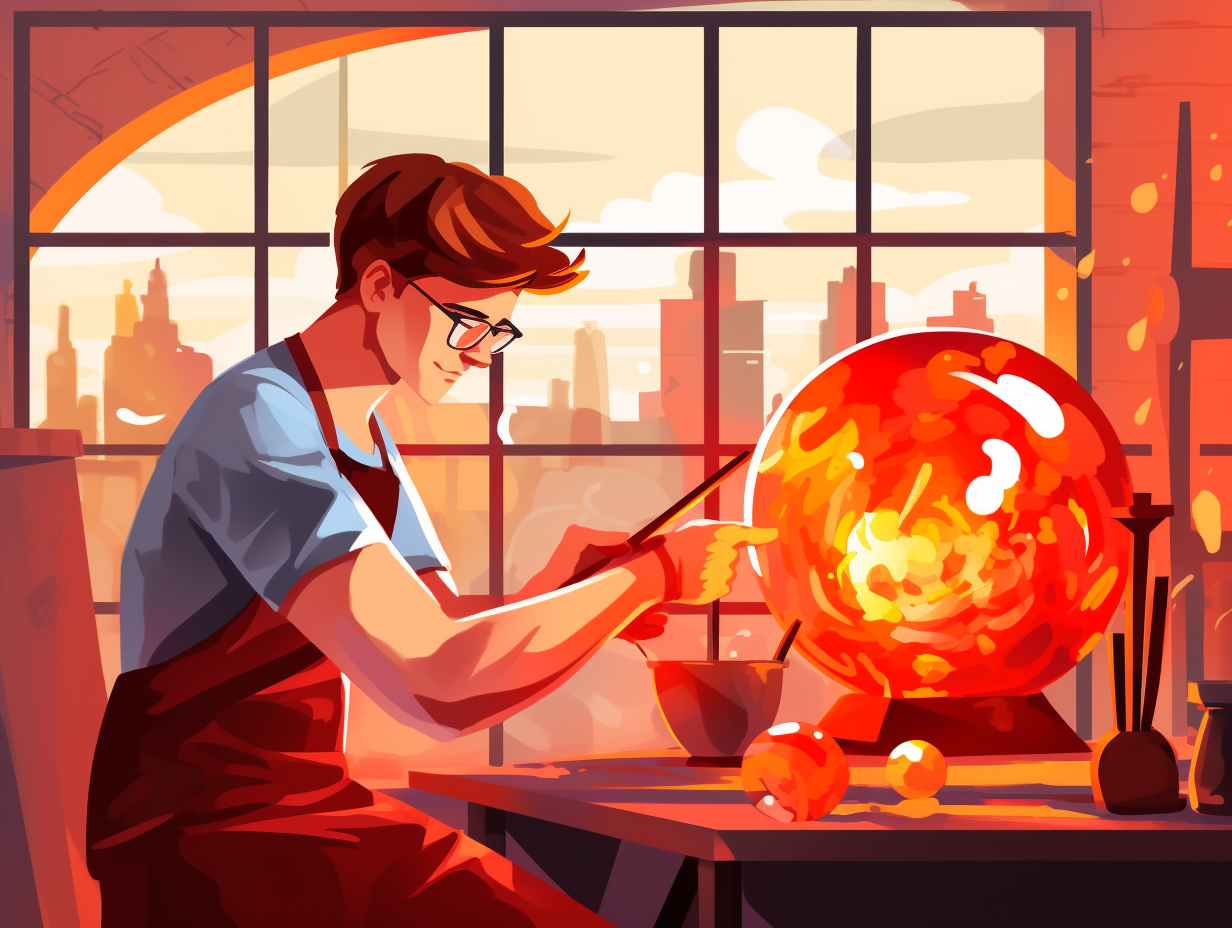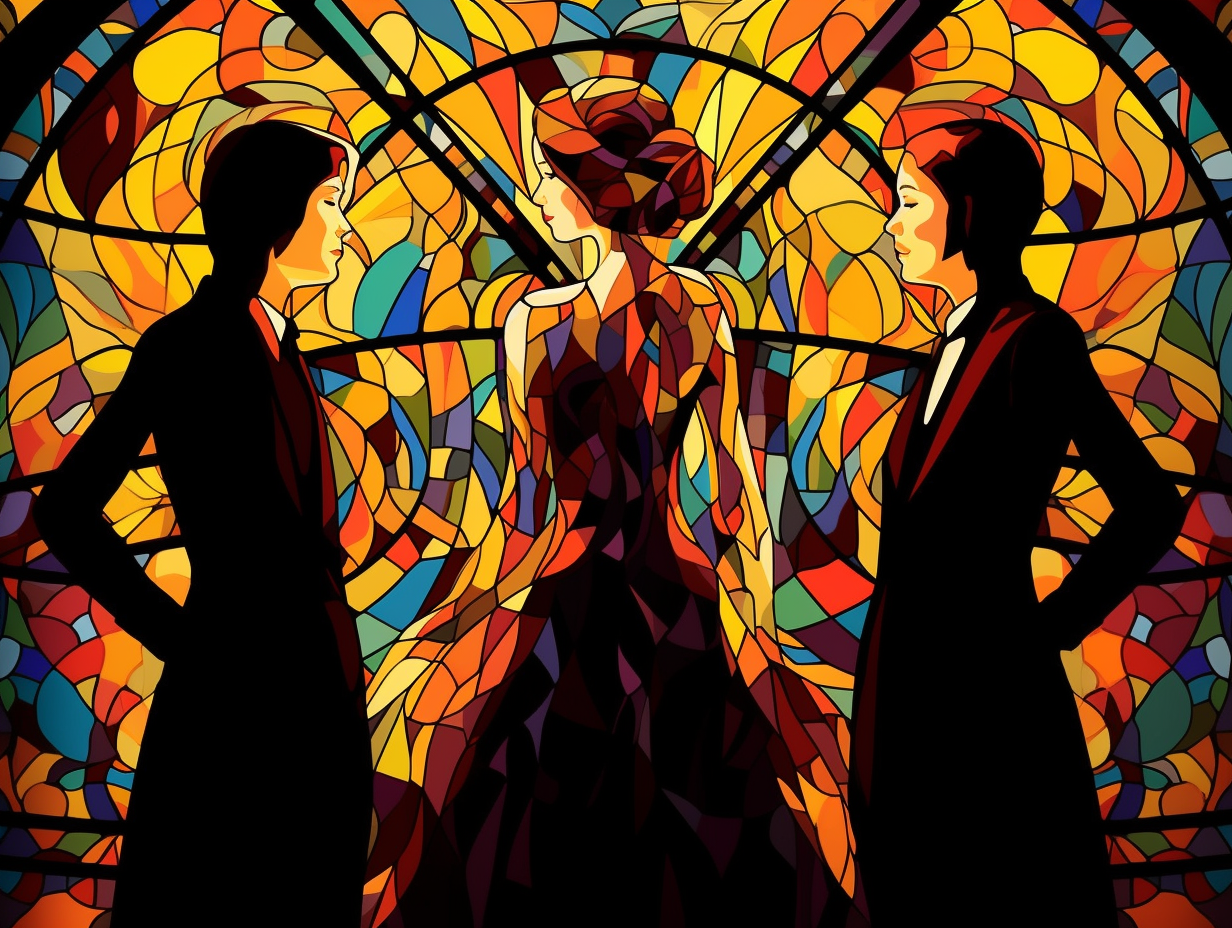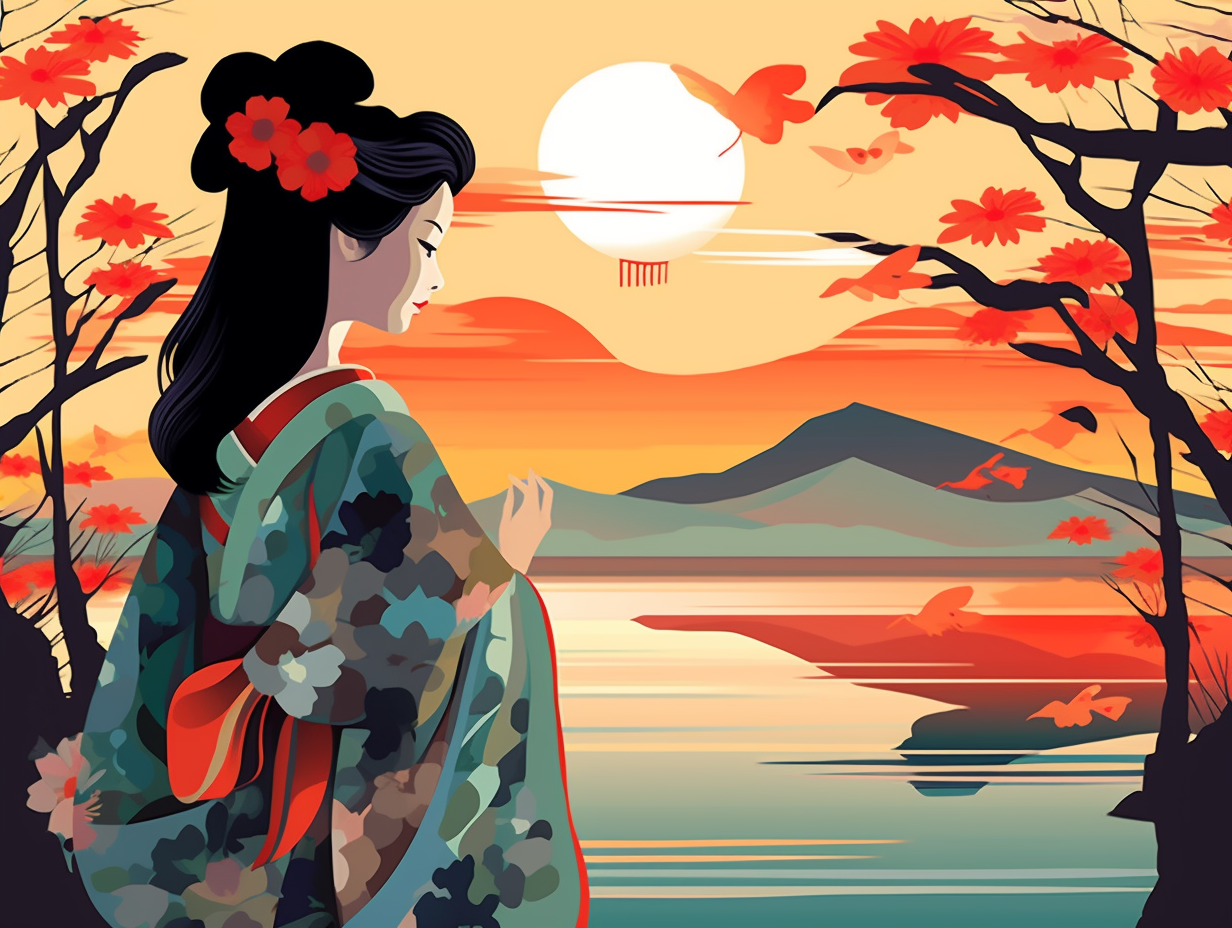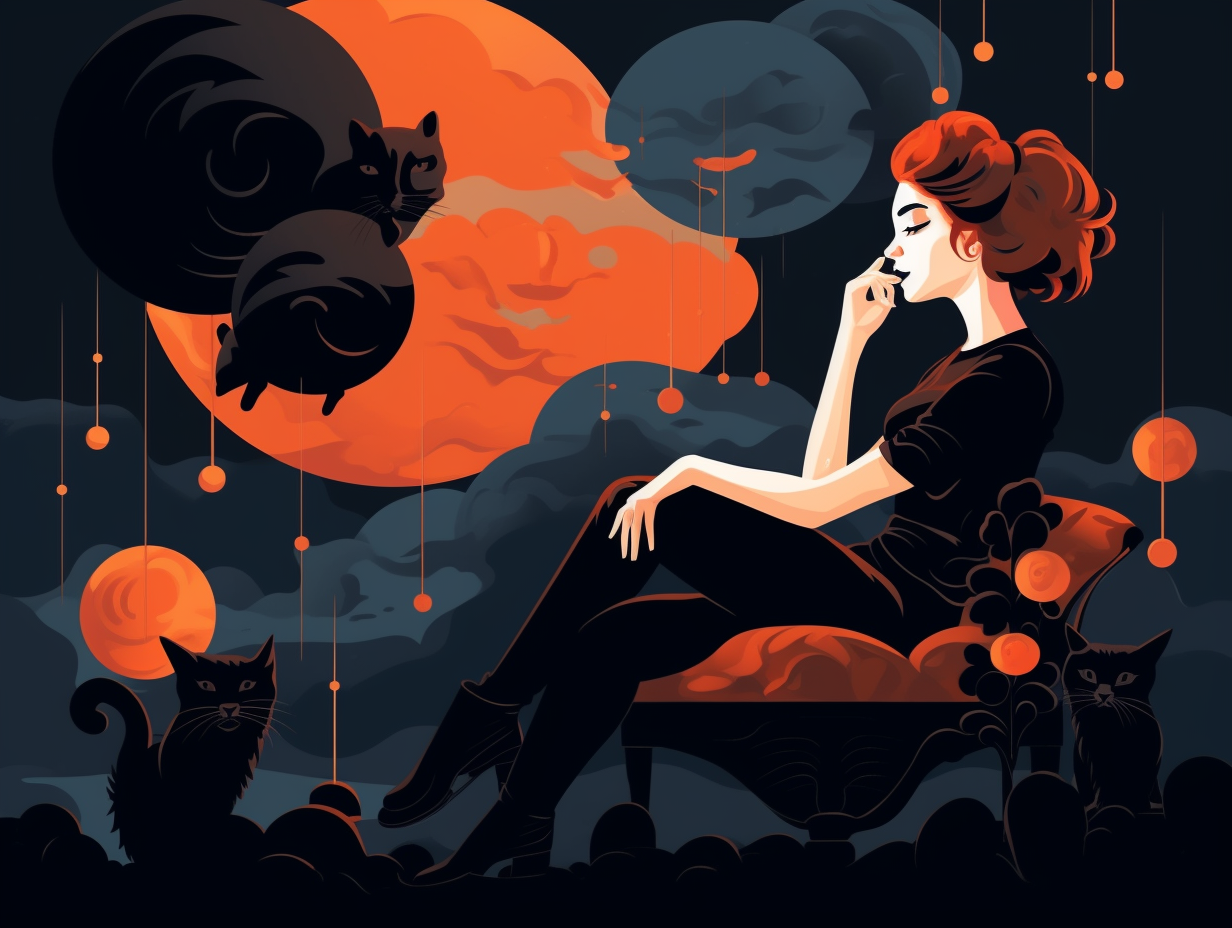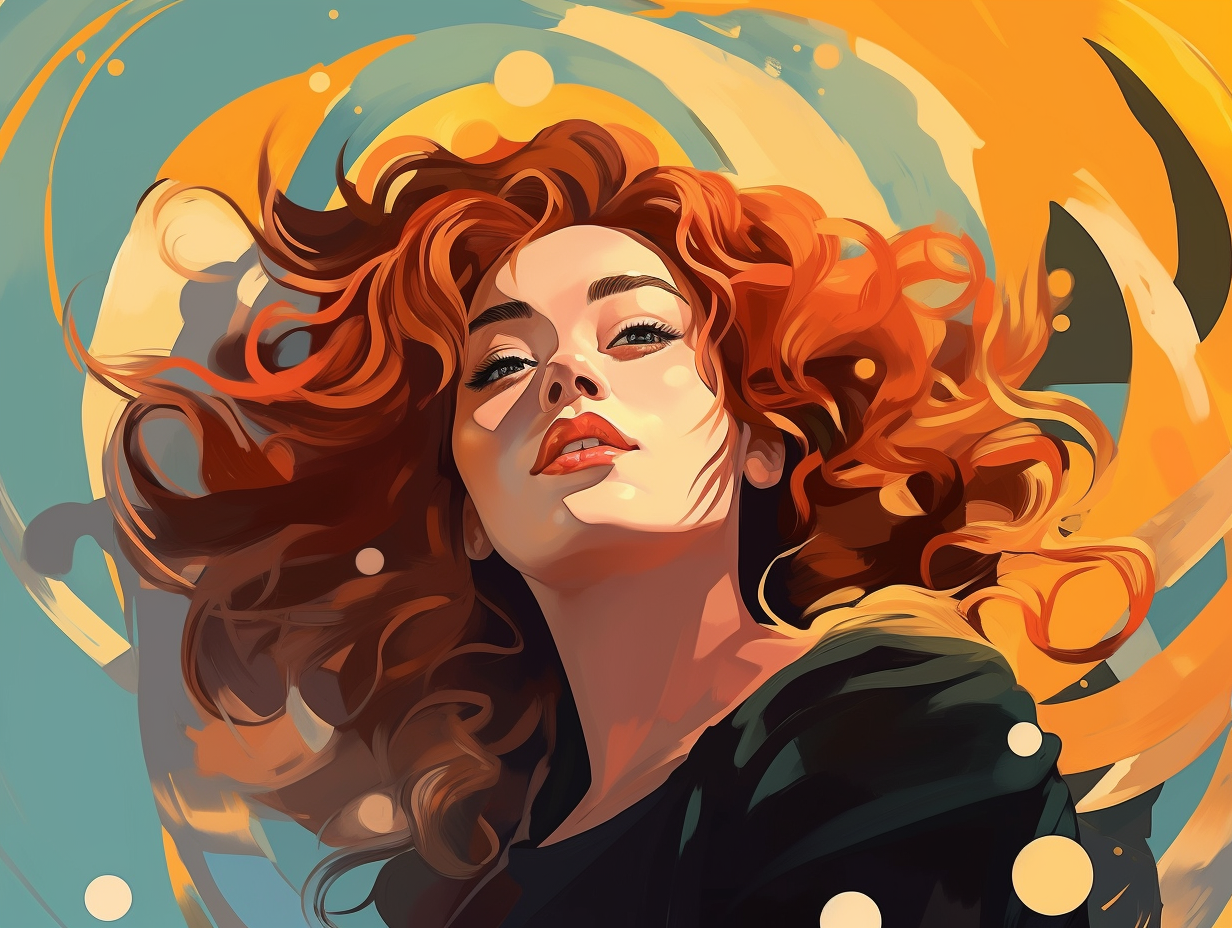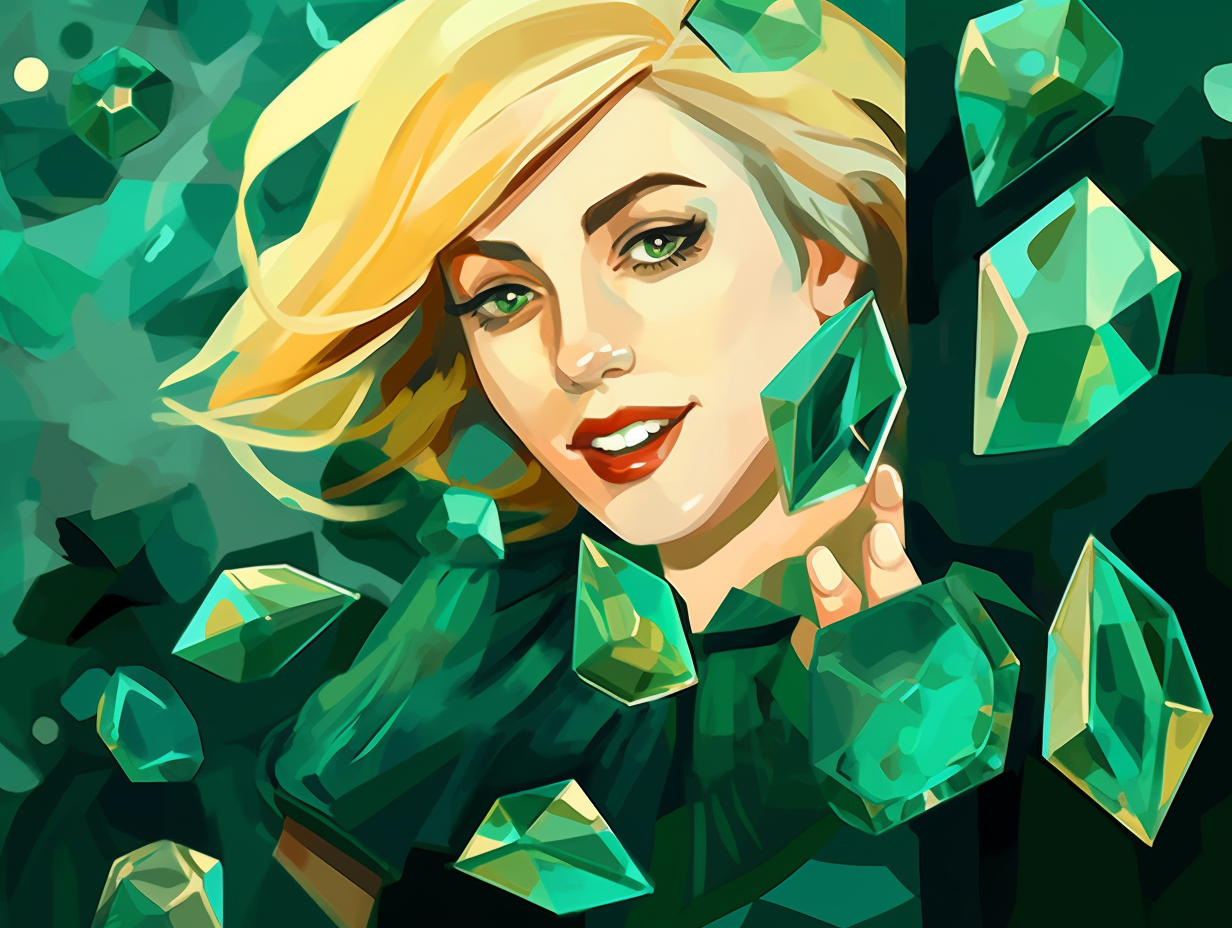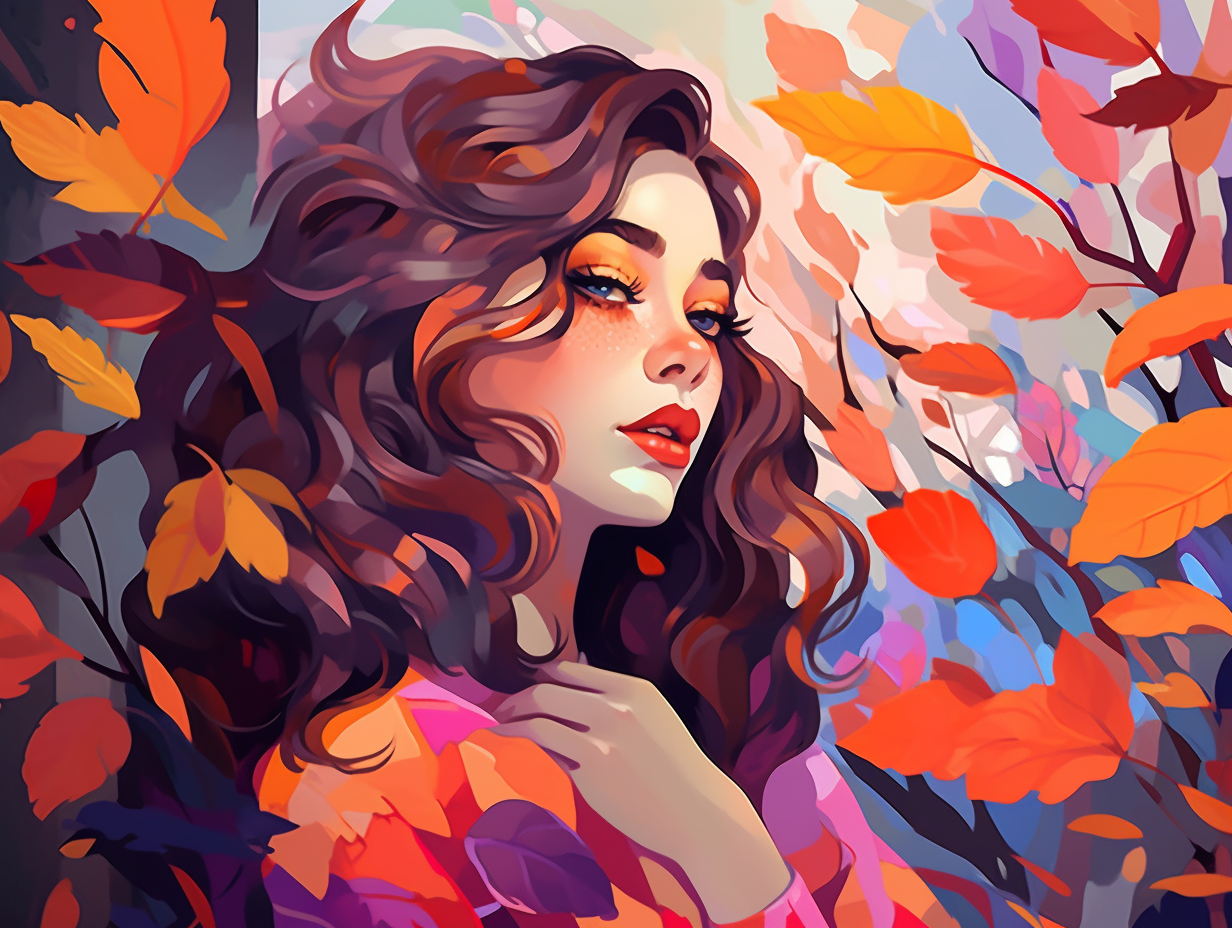Discover the Colorful World: Top 9 Fun Facts About Art Supplies You Never Knew!
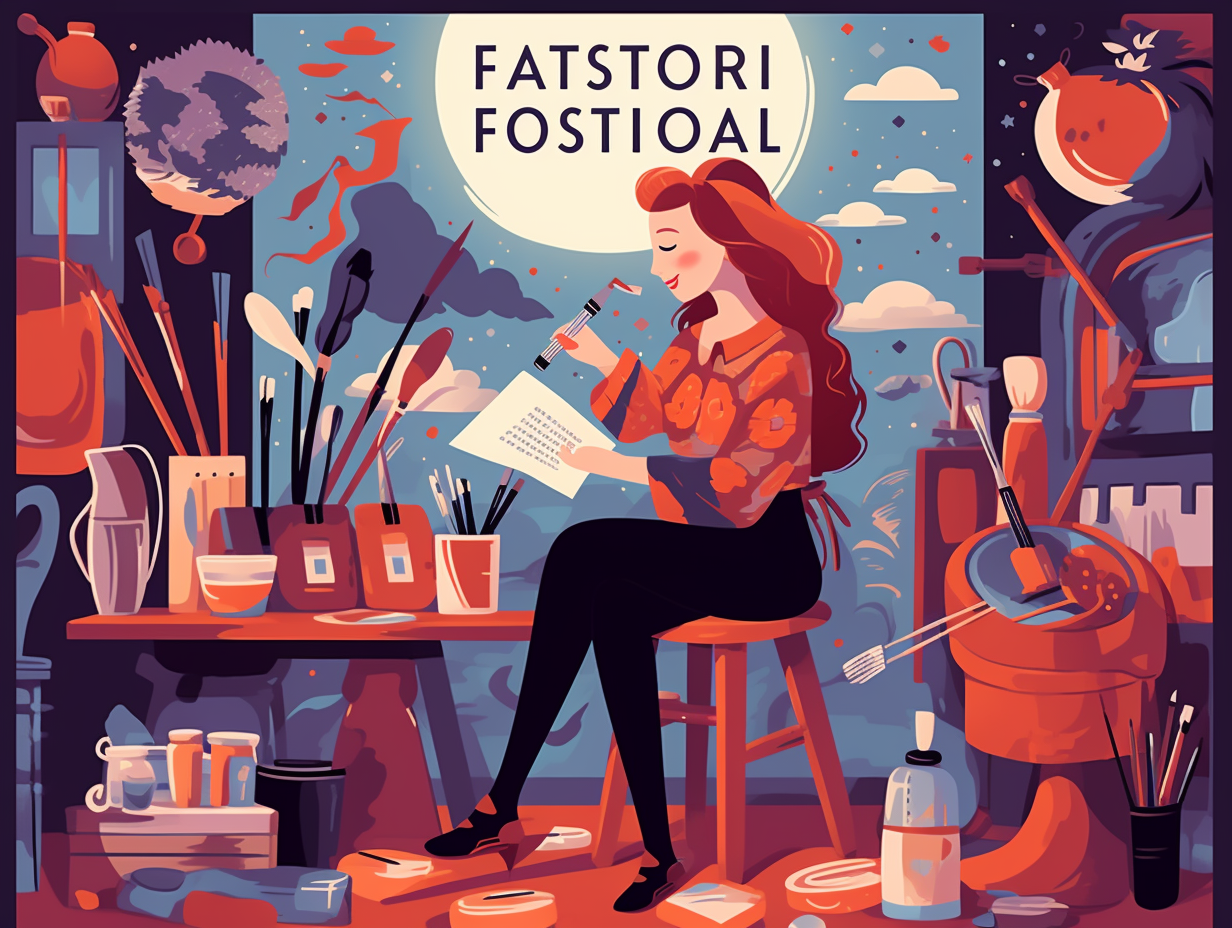
1. Ancient Egyptian DIY Blues
If necessity is the mother of invention, then the ancient Egyptians were the doting parents of the world's first made-to-order blues: Those resourceful ancients actually whipped up their own bluish concoctions because our planet Earth played hard-to-get with some true blue hues! The nifty chemistry behind it: They created Egyptian blue, a precious pigment that symbolized royalty, by heating limestone, sand, and copper together; as a result, trusty ol' blue lost its exclusive regal vibe and started strutting its trustworthy and authoritative stuff.
Source => nytimes.com
2. Cavemen's Feathery Brushes
Before L'Oreal and Sephora had a chance to corner the market on cosmetic brushes, early humans were whipping up their own DIY art supplies: Brushes used for ancient cave paintings were not only made with feathers or animal hair, but also with branches and hollow bones, giving "cave chic" a whole new meaning!
Source => lineo-pinsel.eu

Did you know that Picasso's "The Old Guitarist" holds three hidden figures, revealed only through infrared imaging and x-rays? Dive into the mystery behind this masterpiece and discover the unexpected Easter eggs Picasso left behind.
=> Fun Facts about Painting
3. The Ancient Cannabis Spa Party
Feeling "stoned" at a Greek symposium? Thank the ancient Scythians and Thracians for bringing the puff-puff-pass party! They dabbled in DIY cannabis steam rooms, swapping the smell of expensive sandalwood oil with the exhilarating scent of hemp – the Greeks called it "kánnabis" and the soiree was lit: These ancient trendsetters tossed hemp seeds onto hot stones for a mind-altering vapor bath experience, recorded by none other than historian Herodotus in the 5th century BCE. This unsuspecting spa day laid the foundation for the psychoactive THC high that cannabis enthusiasts have appreciated for millennia.
Source => en.wikipedia.org
4. Romans: Original Color Enthusiasts
Who knew the ancient Romans were the original Fab Five, amping up the color before it was cool? Talk about a splash of history! Their penchant for pigmentation didn't just end with walls and statues, but extended to everyday items like clothing, toys, and household trinkets: Ground-up pigments were applied to wet plaster walls, turning their living spaces into vivid, artistic tapestries, and even small, inanimate figurines at home sported realistic, life-like hues. Step back, Technicolor! Rome was rocking the rainbow way before you.
Source => exhibitions.kelsey.lsa.umich.edu
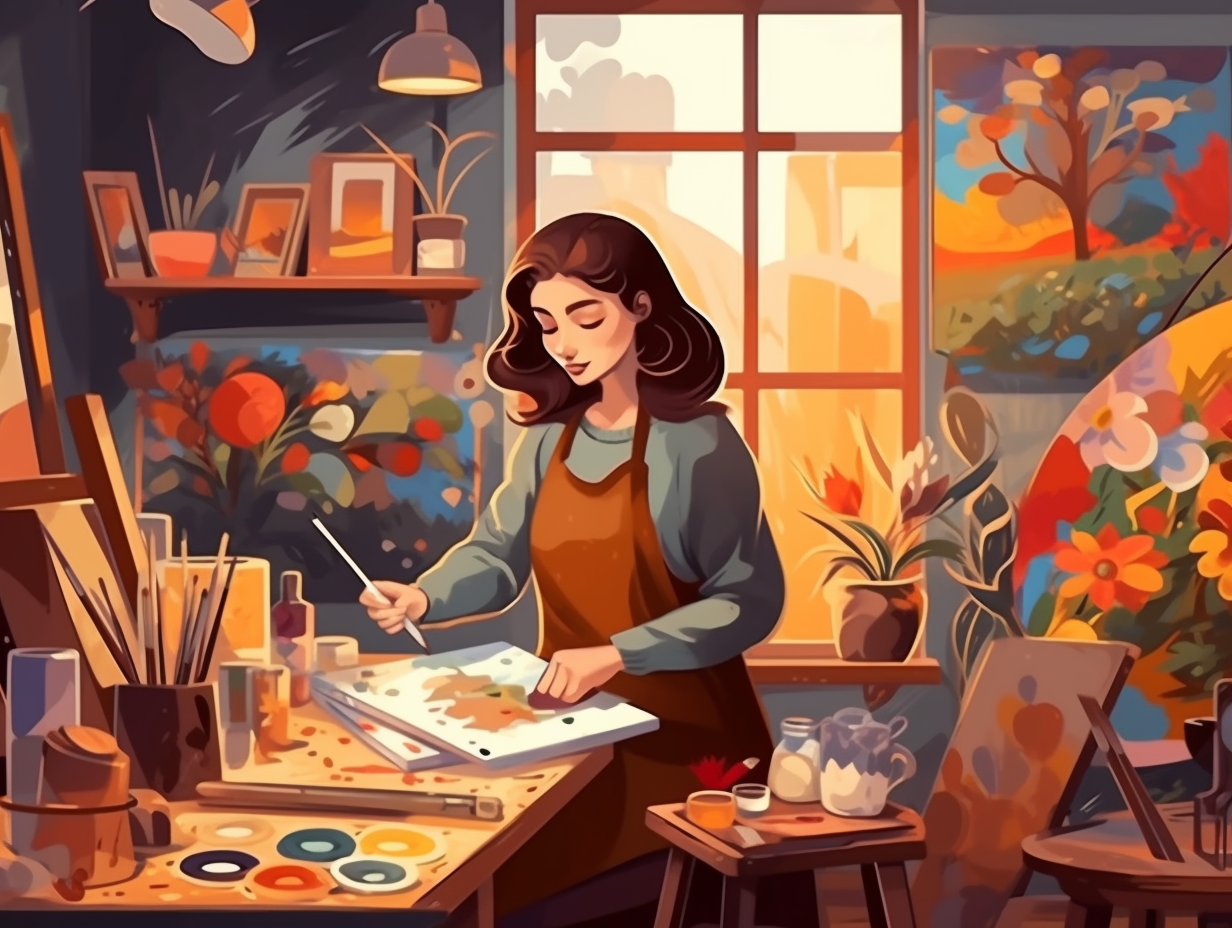
5. Walnut Oil: A Hidden Treasure
Walnuts, nature's soggy old marbles: long favored by squirrels and grandmothers, have had artists cracked up for centuries. But did you know that though walnut oil isn't widely used in oil paints anymore, it remains a hidden treasure still produced by M. Graham in Oregon? Drying faster than a millennial's attention span, this artist's secret weapon also comes with a dash of preservative to prevent the rancid fate only too familiar to long-forgotten nut stashes.
Source => artistsnetwork.com
6. Epic Saga of Tacks and Nails
Forget iron spikes and fire-breathing dragons, it's time for the unsung heroes of the art world, tacks and nails, to have their own epic saga unfold!: In the adventurous times of the late 18th and early 19th centuries, noble machines were invented to mass-produce these tiny-but-mighty fasteners, using materials such as iron, zinc, and copper. Nowadays, only a handful of valorous US-based companies continue to summon carpet and upholstery tacks through the arcane magic of turn-of-the-century contraptions, and each region around the world holds secrets of crafting distinctive tacks.
Source => conservation-wiki.com
7. Charcoal: A Fiery Art Friend
Feeling a little burnt out and ready to play with fire, without sparking any flames? Try charcoal: made from willow or vine twigs heated at a high temperature without oxygen, this well-loved artistic medium has been delighting artists since the Renaissance with its range of tones, ability to create chiaroscuro effects, and versatility for various drawing techniques.
Source => metmuseum.org
8. Giant Sunflowers in Kansas
Forget Van Gogh-ing to Hawaii or Tahiti: Sunflowers have sprouted in the most unexpected of places – Goodland, Kansas, where the 80-feet tall steel easel holds a 32x24-foot rendition of Van Gogh's "Three Sunflowers In A Vase," supported by a 45,000-pound steel structure sunk 35 feet into the ground.
Source => roadsideamerica.com
9. The Birth of Art Therapy
Next time you're feeling like Van Gogh-ing crazy, remember to grab some paint and brushes: the term "art therapy" was coined by British artist Adrian Hill in 1942, after discovering that drawing and painting not only kept tuberculosis patients entertained, but also provided emotional relief. This creative healing method was later developed by Edward Adamson and resulted in the foundation of the British Association of Art Therapists in 1964 and the American Art Therapy Association in 1969, proving that a picture is worth a thousand words – and a whole lot of therapy!
Source => adelphipsych.sg
Related Fun Facts

